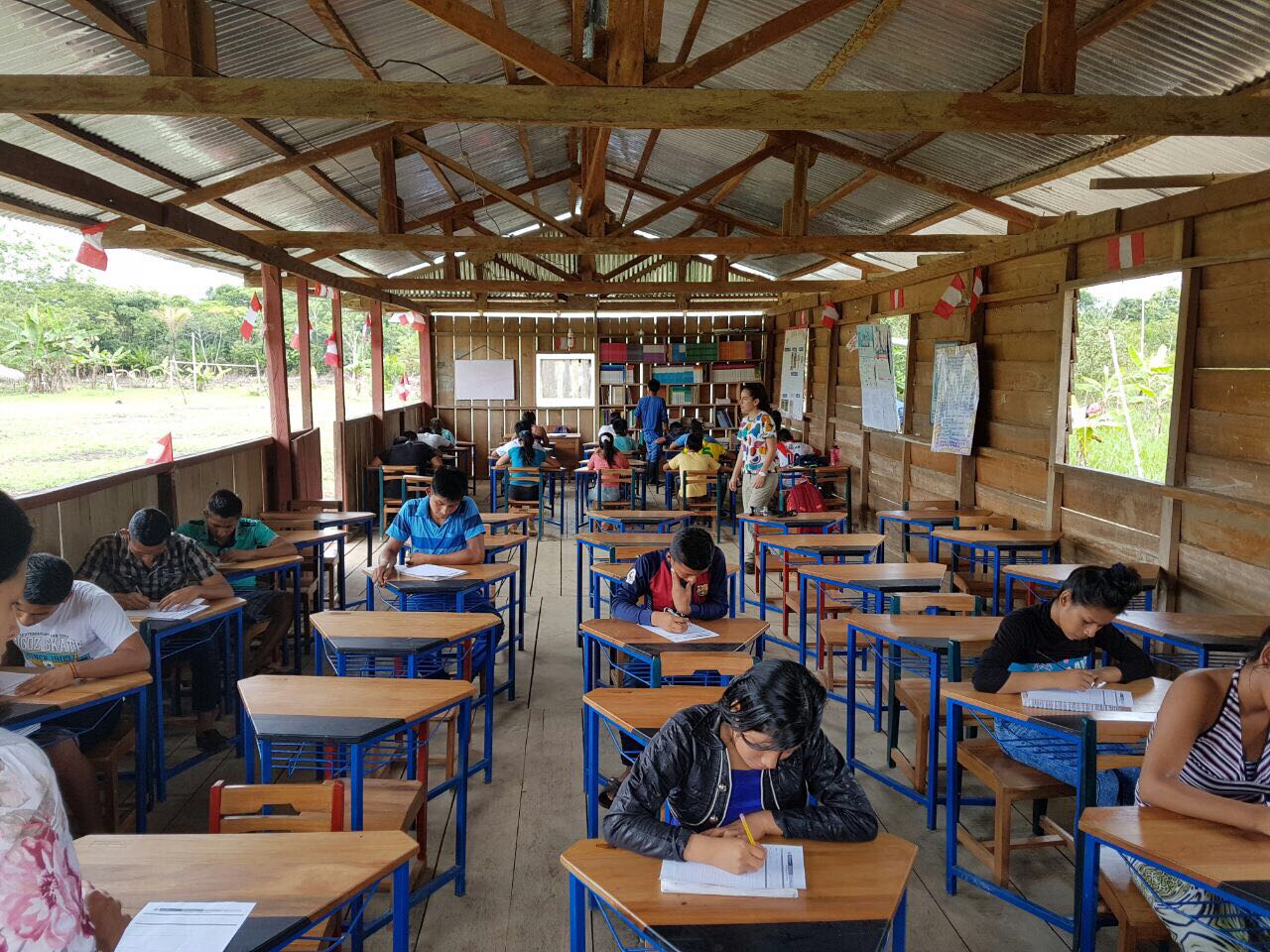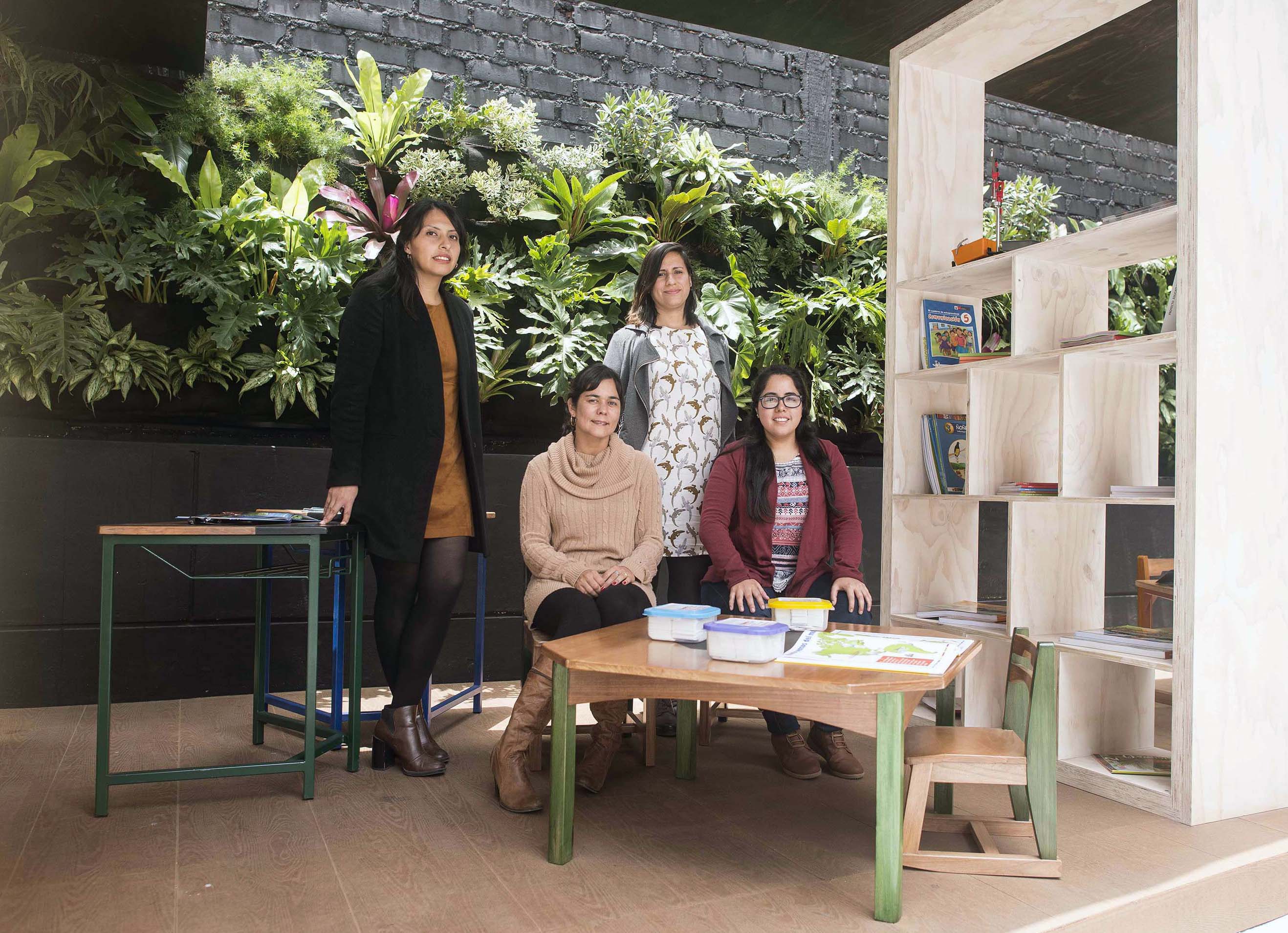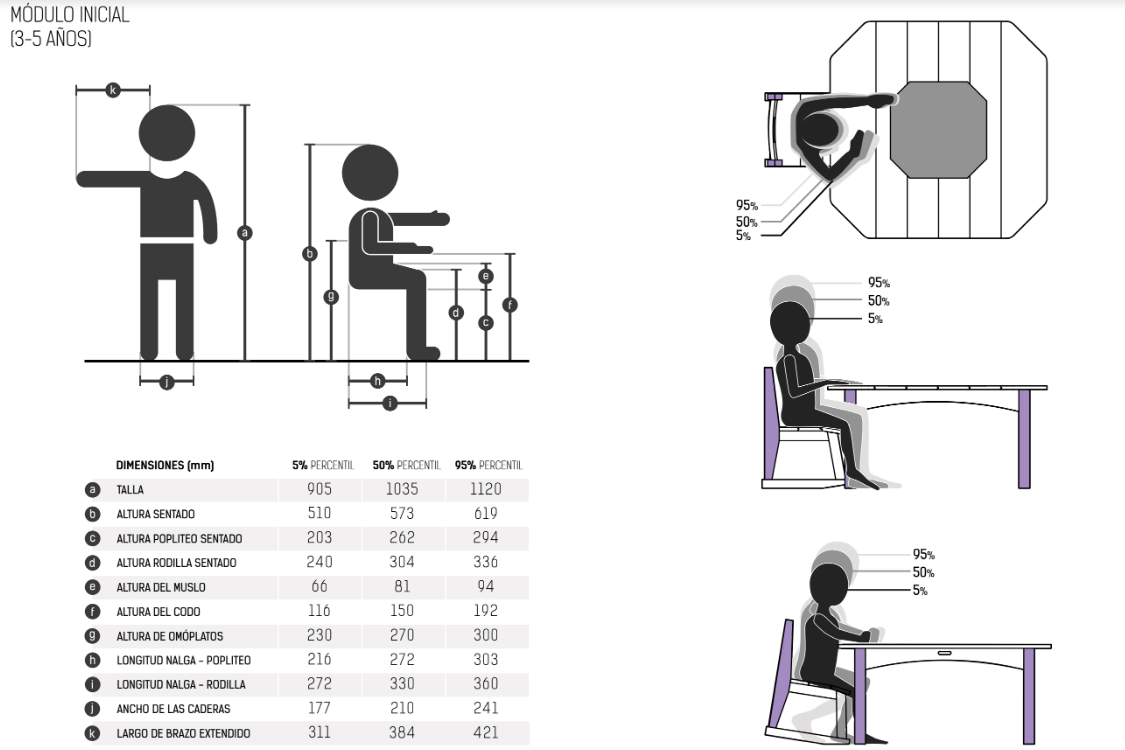
Scaling appropriate furniture for public schools
Redefining the official national-wide school furniture system for the Amazon region
Education
Design
Public Policy
Innovation
Brief summary
As part of the “Plan Selva” initiative within the Ministry of Education, which aimed to rethink school infrastructure in the Amazon rainforest, the school furniture system was redesigned in order to respond better to the challenges this particular region faces. This redesign was based on quantitative and qualitative research about the intercultural educational needs of these schools, as well as on the larger scale implementation requirements of policymakers and government’s regulations. The furniture was designed and prototyped in-house inside the infrastructure department and its first large scale implementation was done by a public contest, supplying more than one thousand children in remote public schools of the Amazon rainforest. These furniture designs, along with the architecture designs, were recognized and awarded in the Architecture Venice Biennale in 2016.
My role
I was accountable for the research, design and prototype development of the school furniture. I was the only one in charge, producing technical specifications, testing early prototypes to meet national norms and selecting suppliers to mass-produce and deliver the product to remote public schools.
Challenge
How might we scale up learning experiences by redesigning context-based school furniture for the Amazon region?

Design Principles
Foster classroom collaboration
Facilitating student interactions with peers and teachers.
Adapt to different sizes and types of use
By respecting anthropometric dimensions and accommodate activities inside and outside the classroom.
Incorporate local identity and materials
To increase the sense of belonging and value local construction techniques and materials.
Promote movement and security
To help students stay focused, develop body awareness and interact with the furniture safely.
Accommodate diverse teaching strategies
For teachers to express their pedagogical creativity freely.
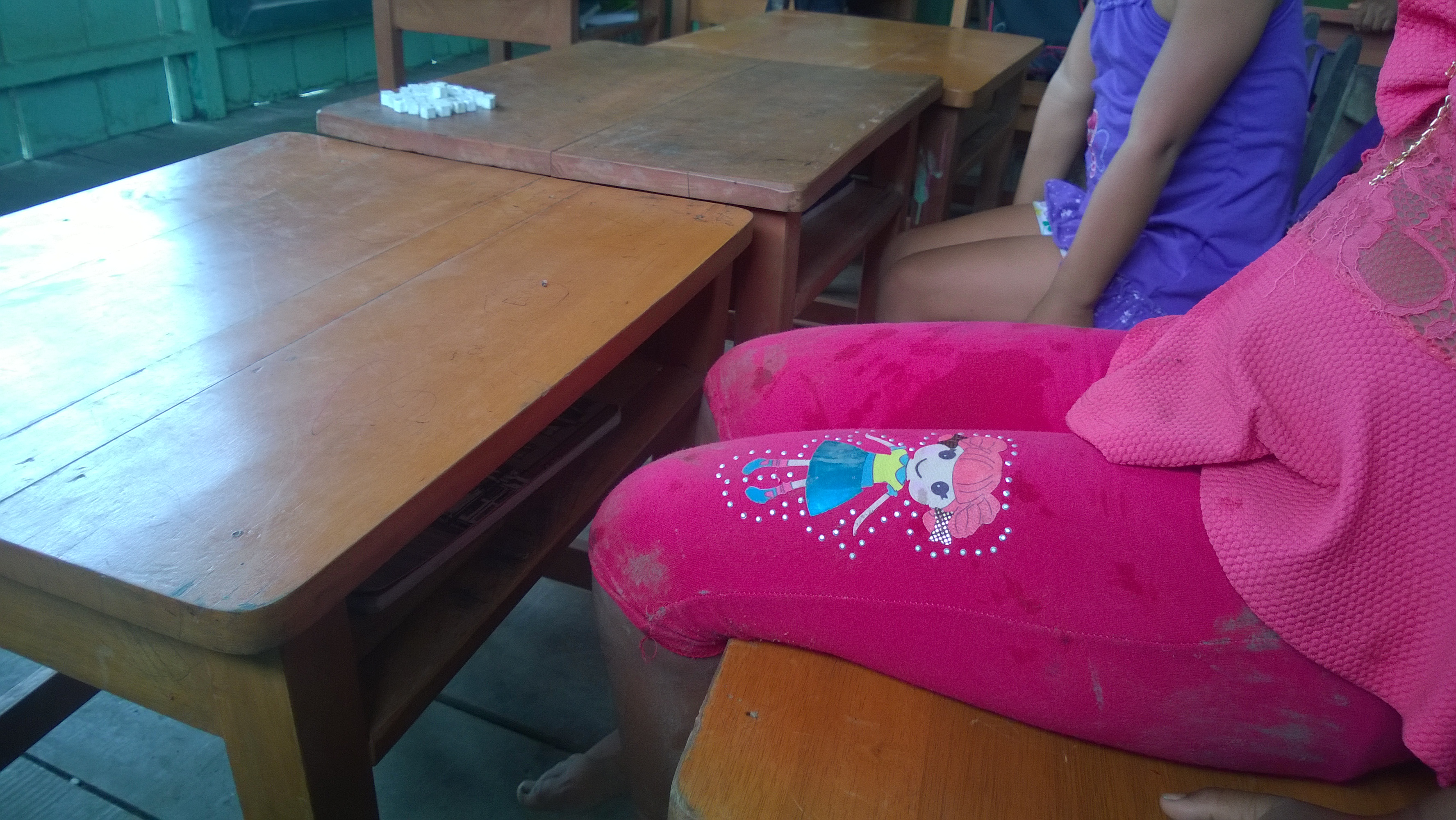
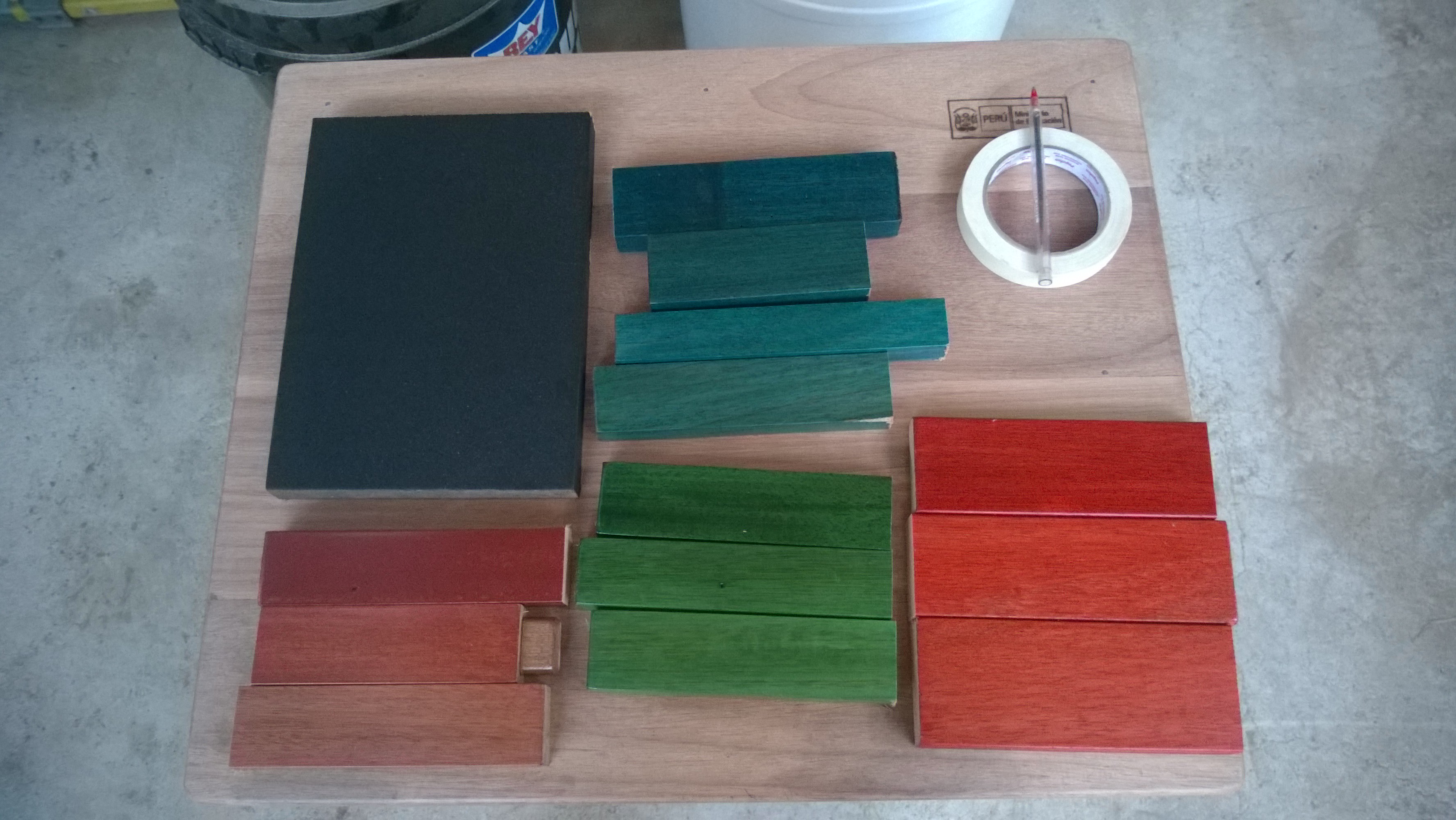
Process
Data Processing, Baseline Diagnostics, Literature review, Pedagogical Strategy, Product Design, Rapid prototyping, Functional prototyping, Laboratory Testing, Cost Analysis, Technical Dossier, Public Contest.
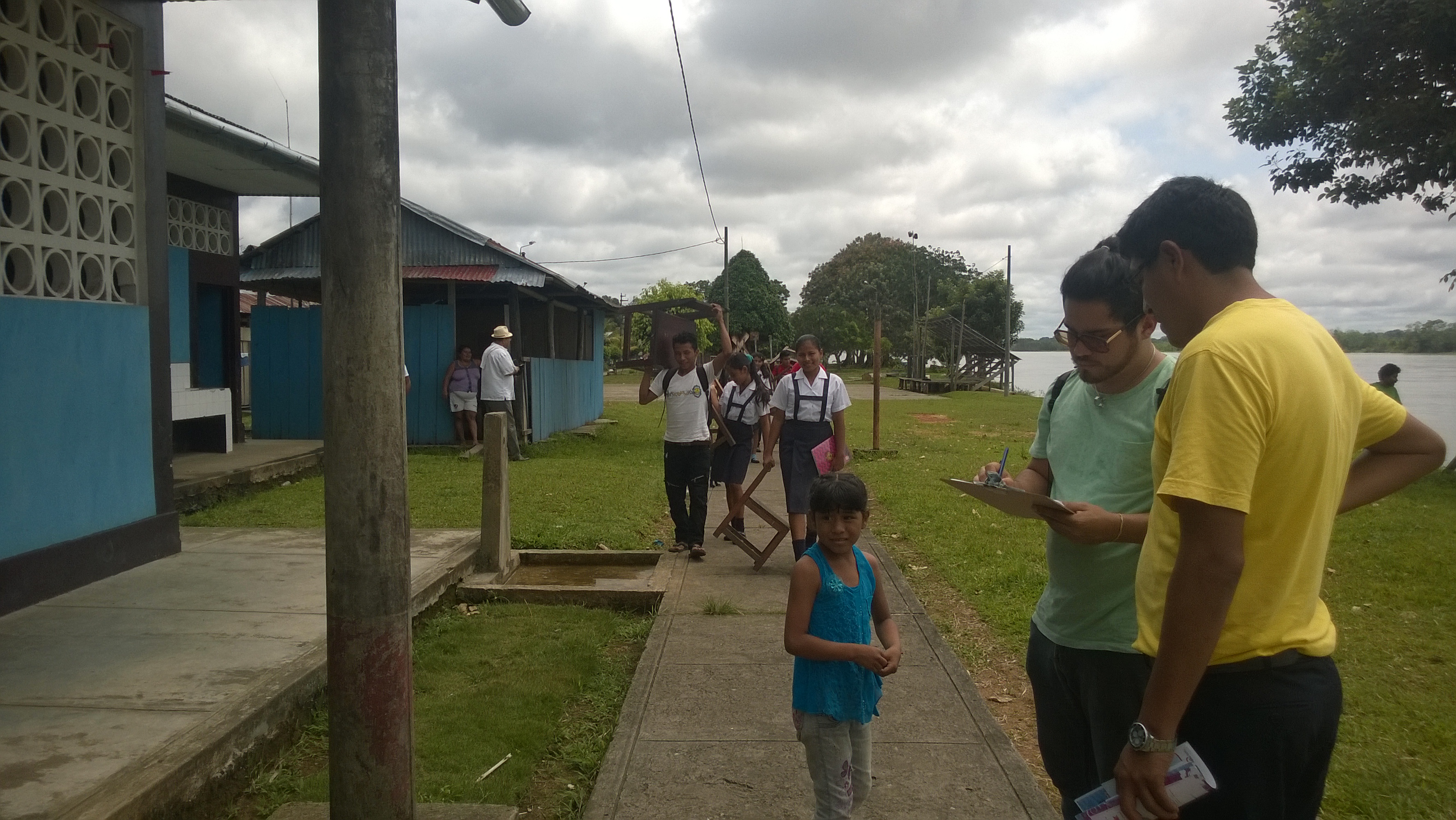

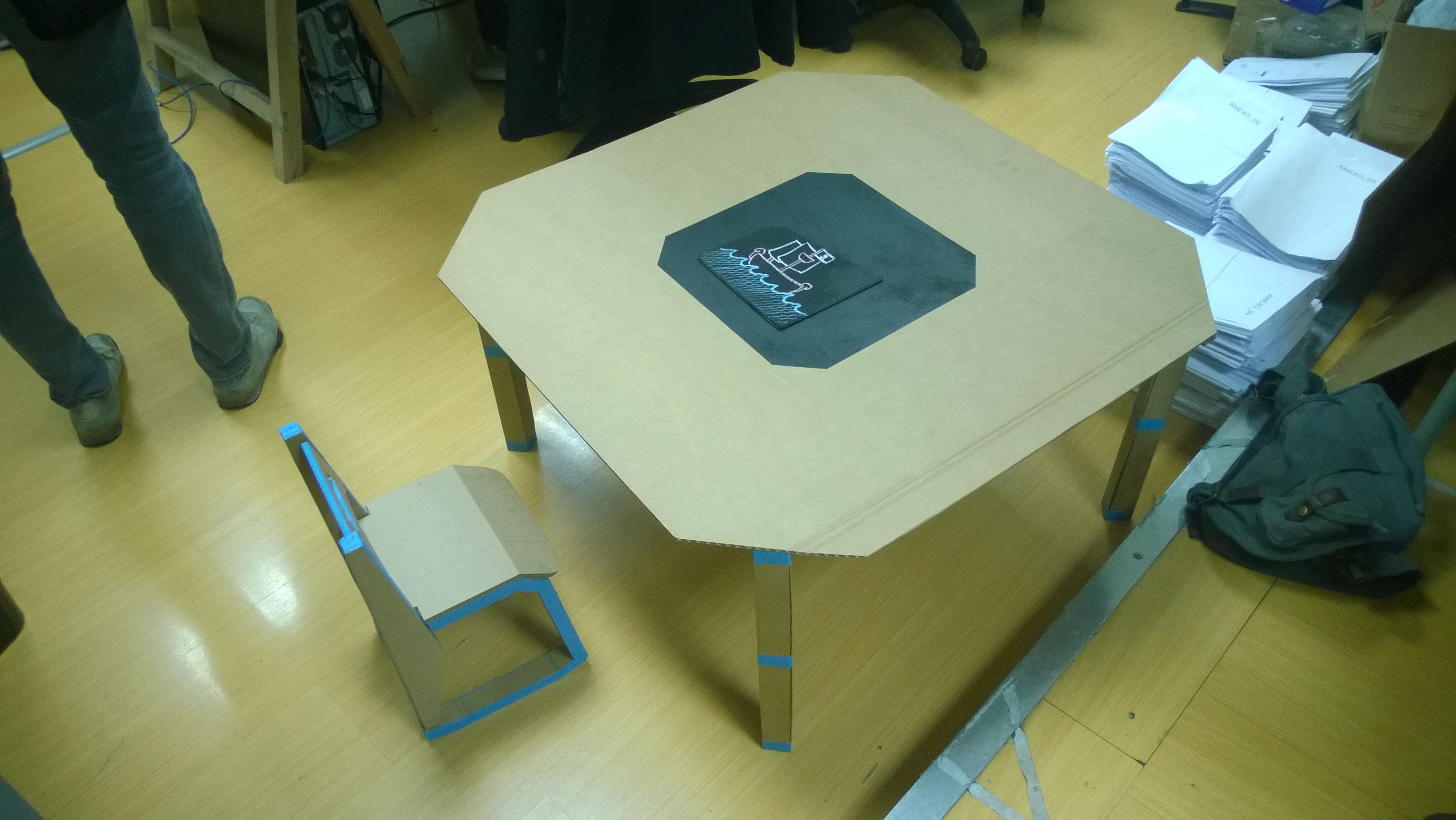

Design
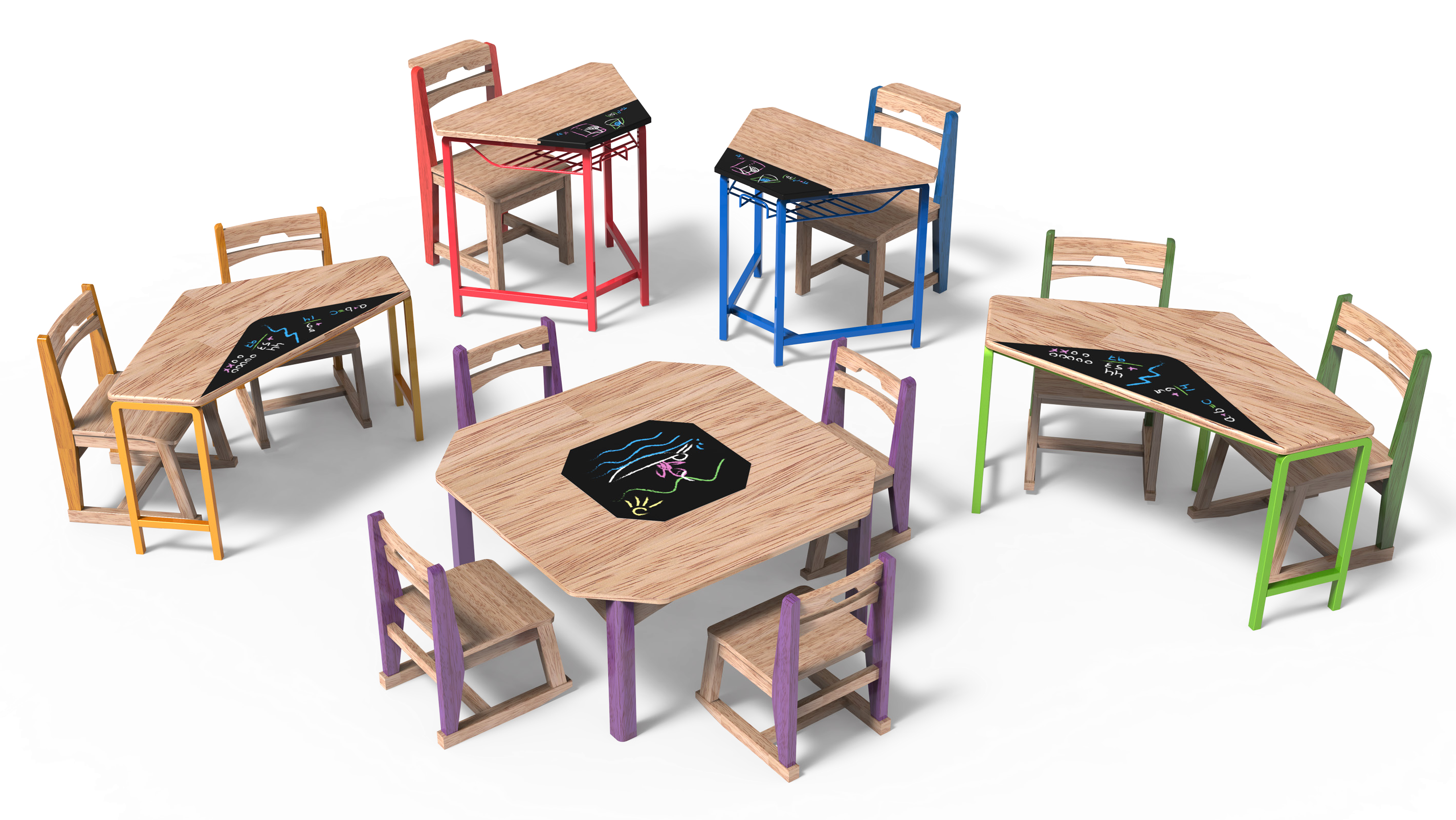
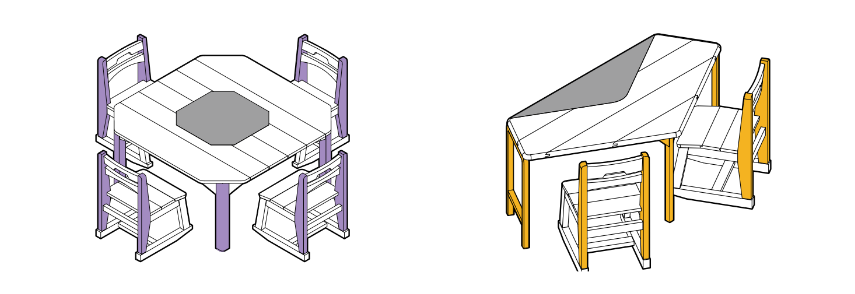

Kindergarten:
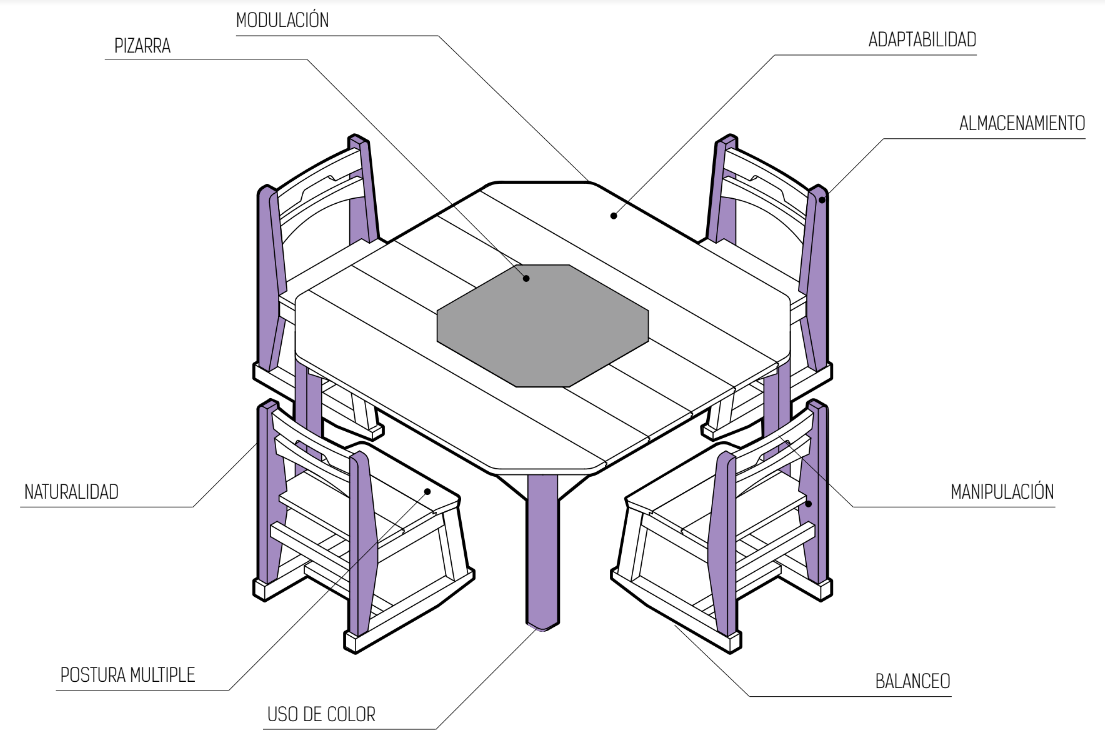
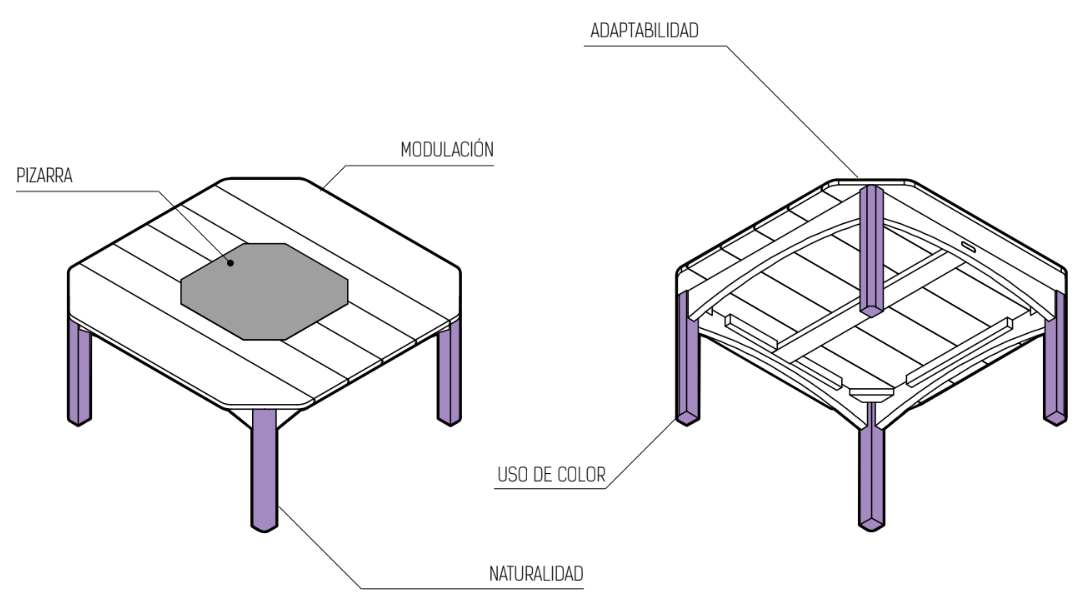
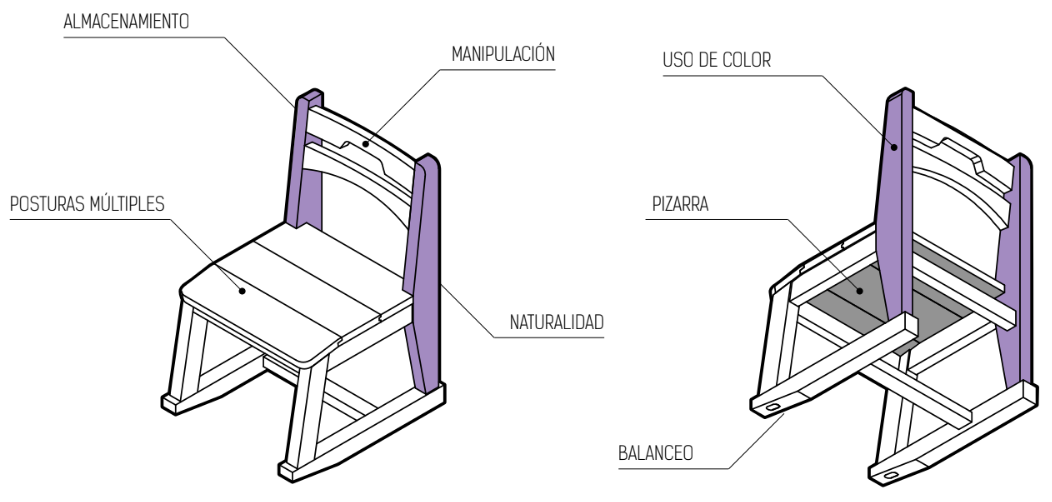



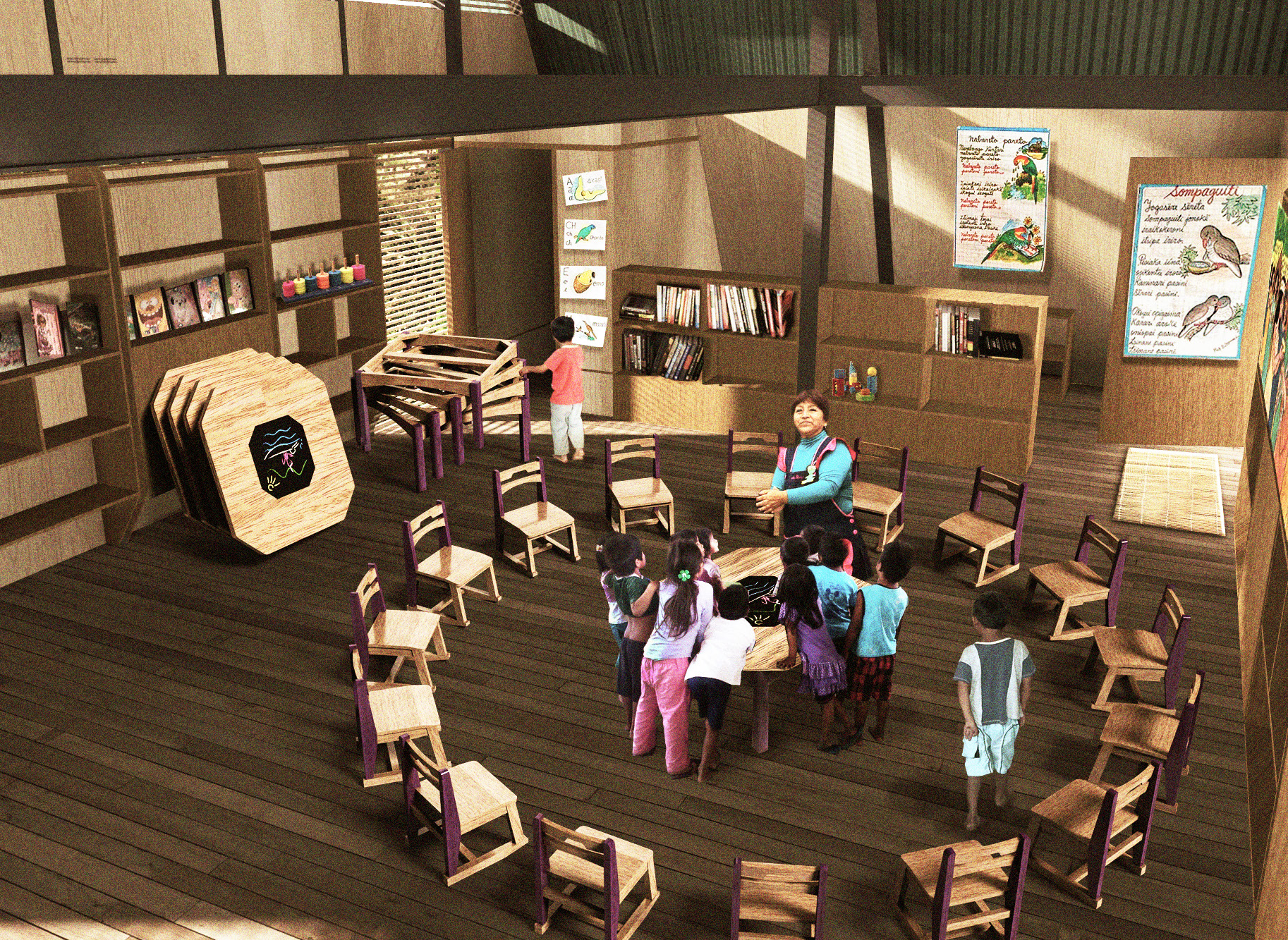
Primary:

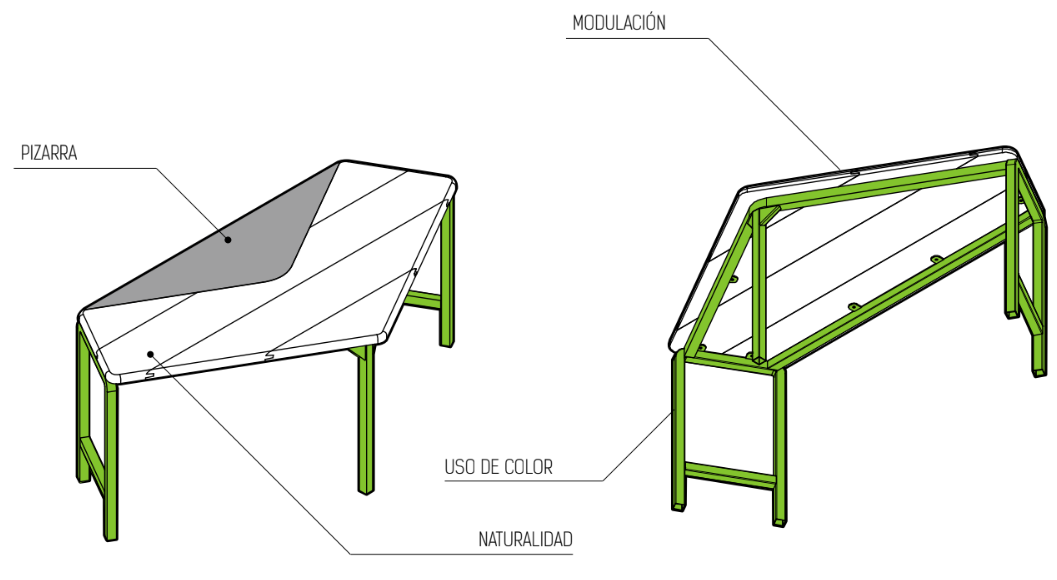
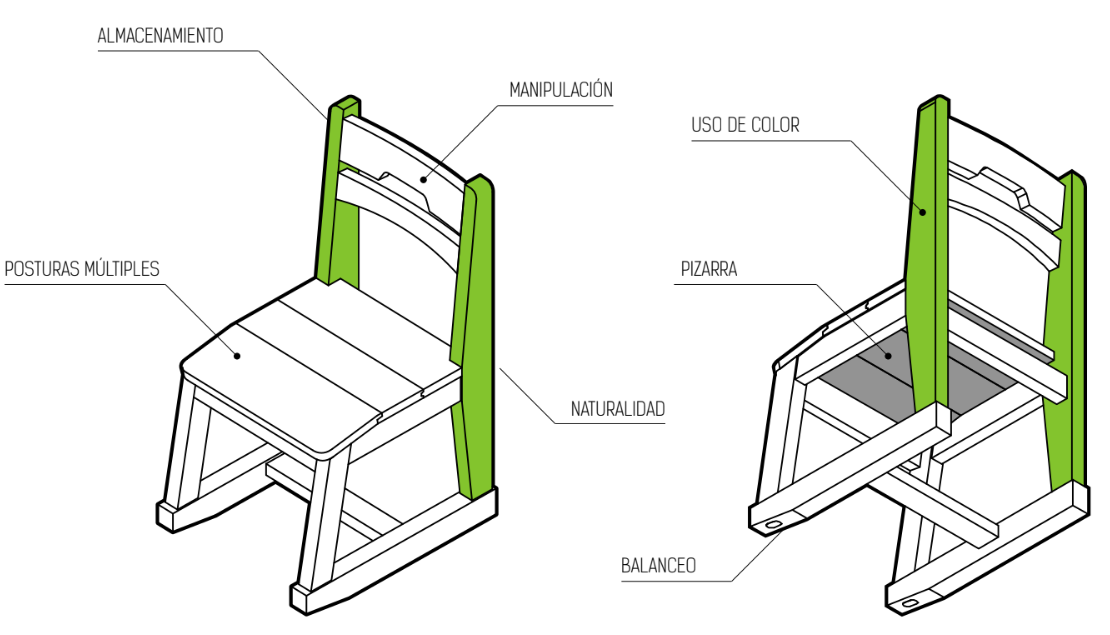


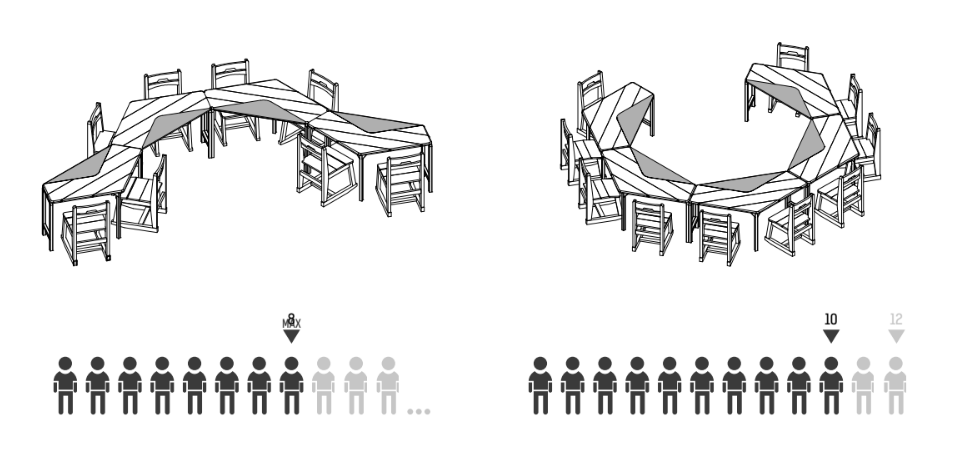
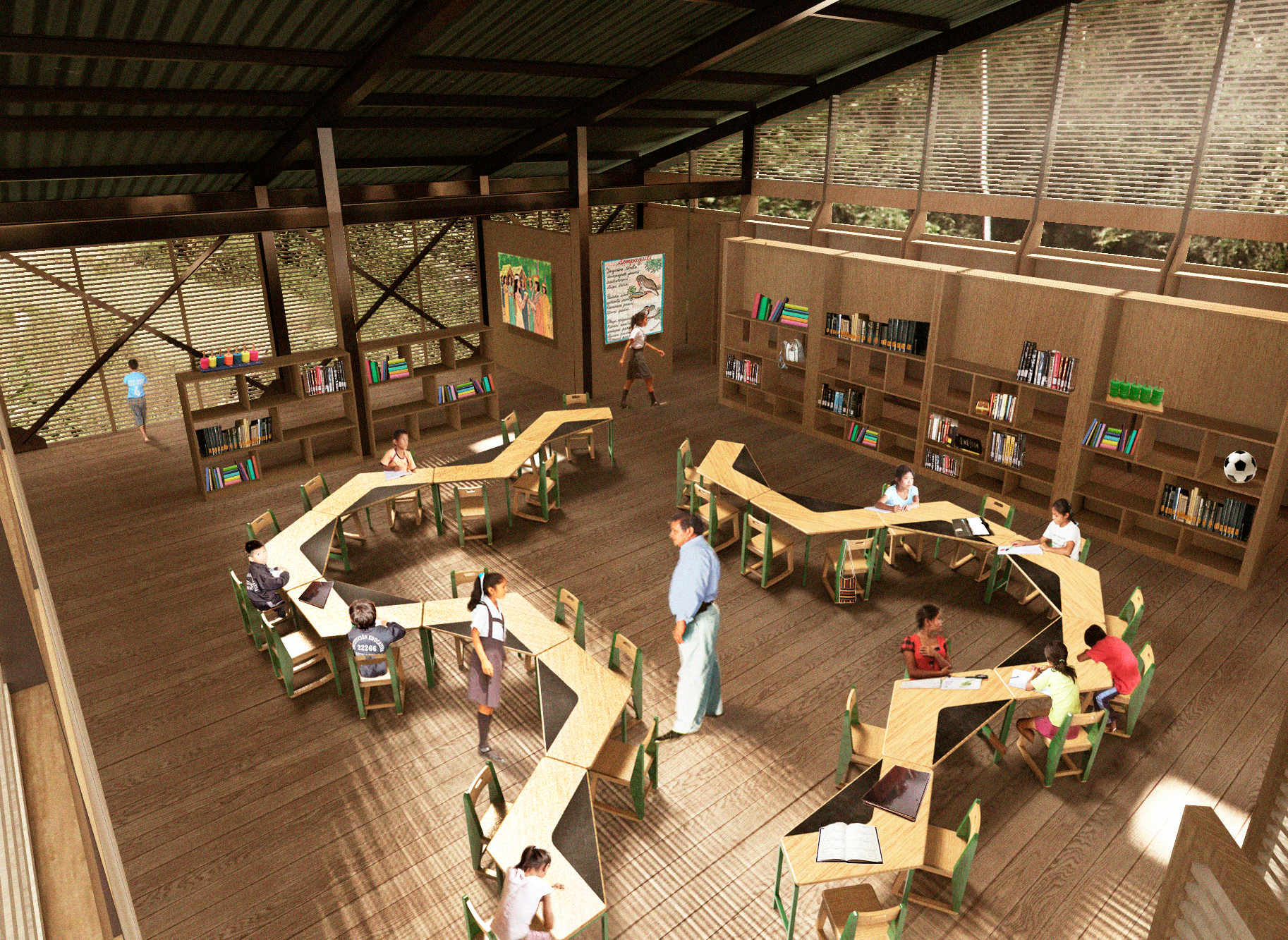
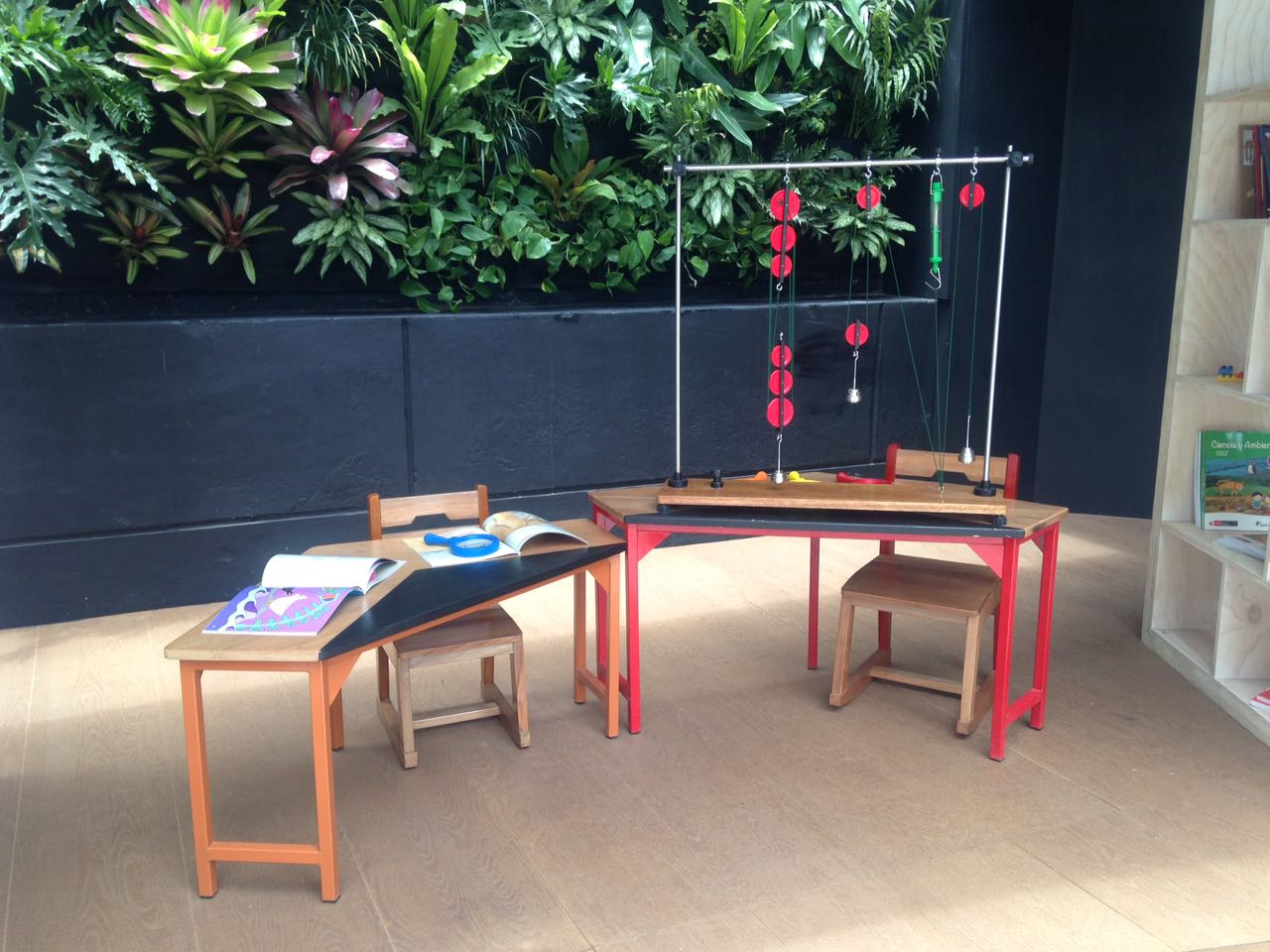
Secondary:
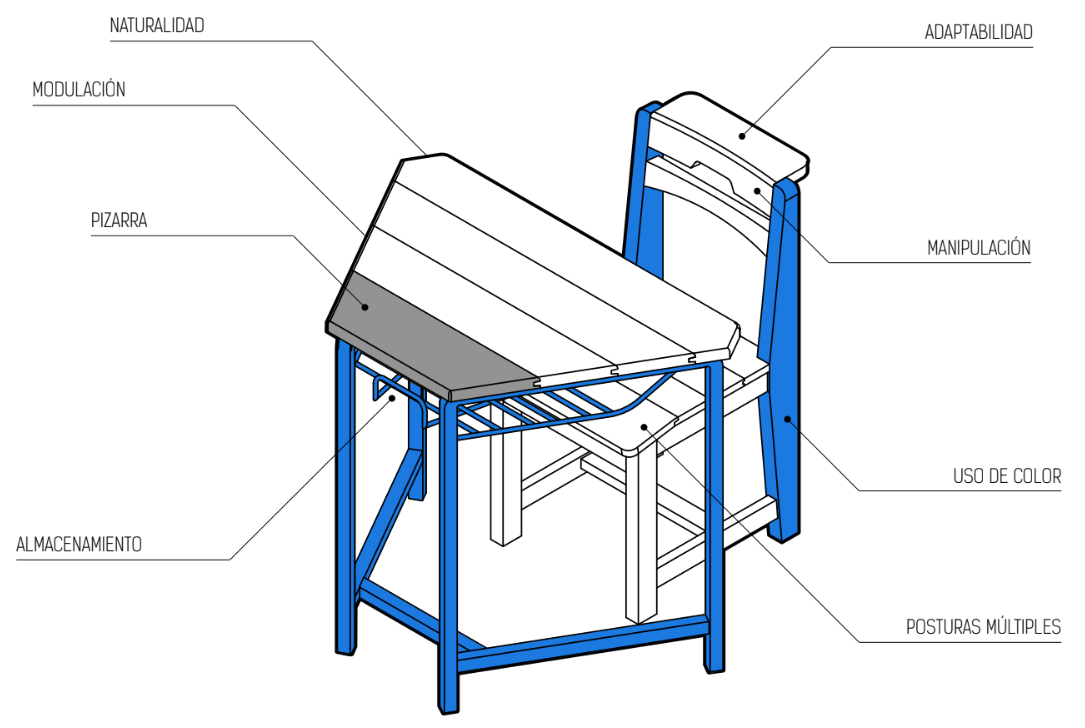
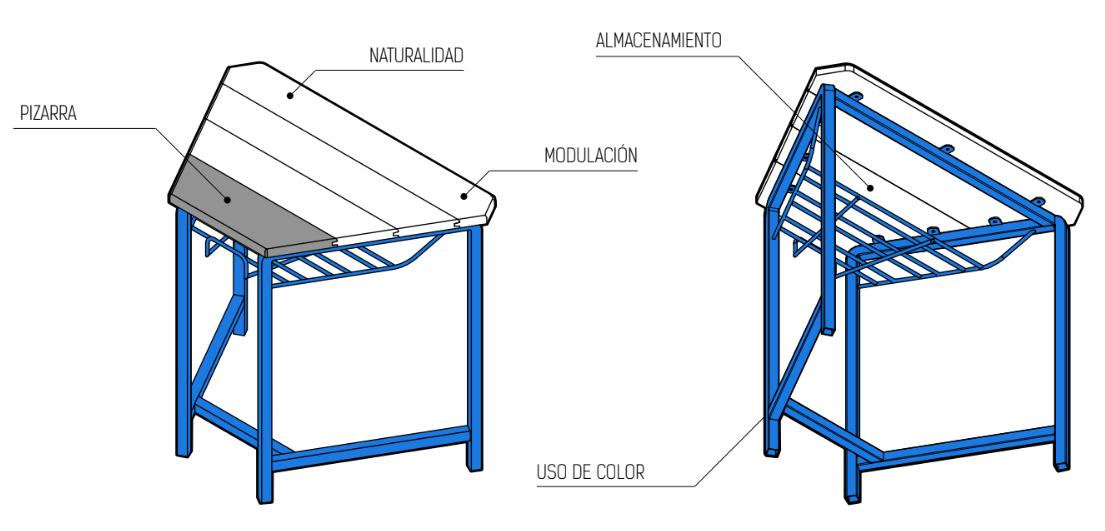
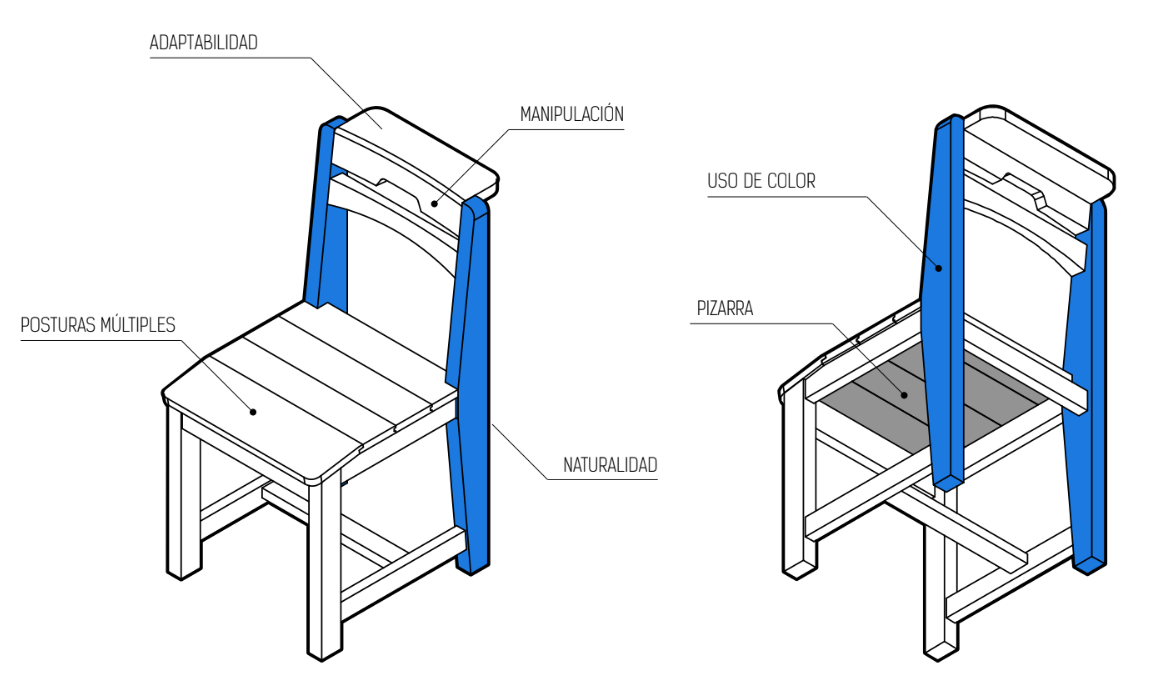
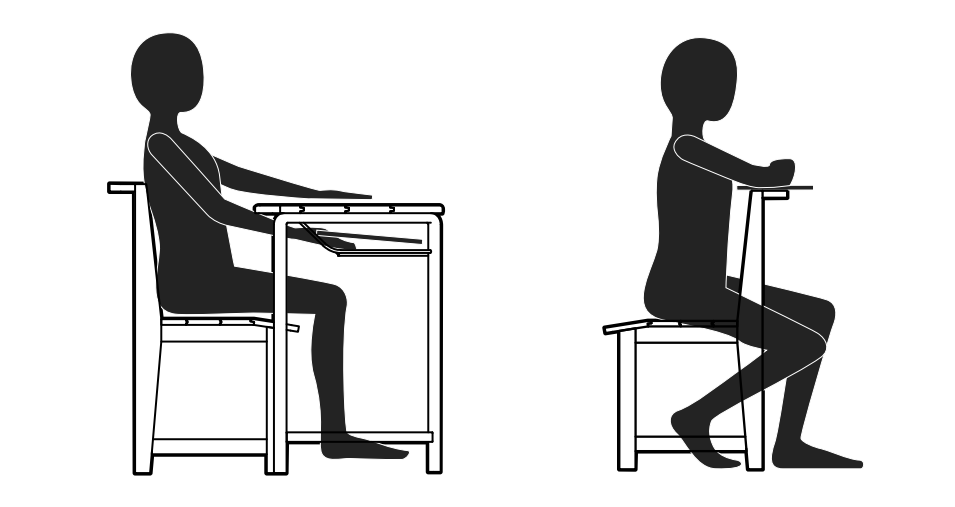

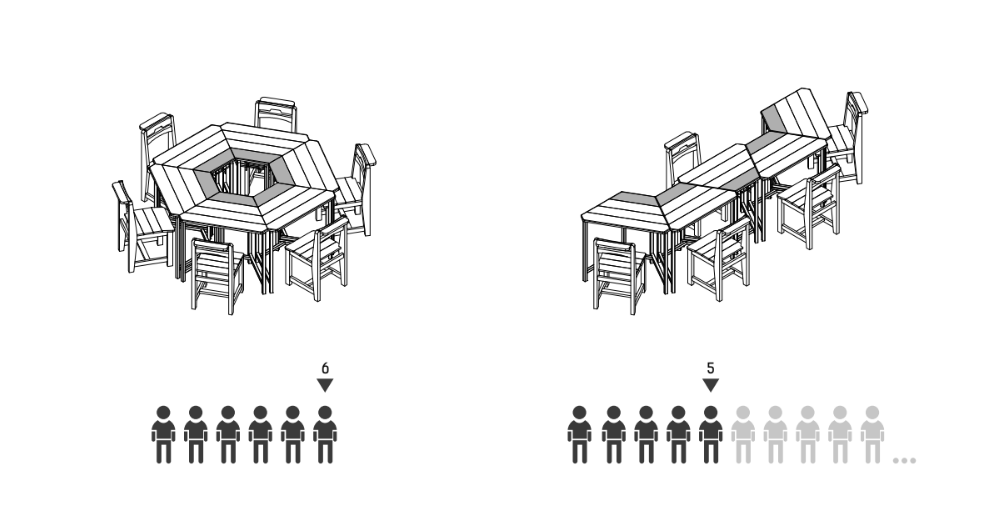
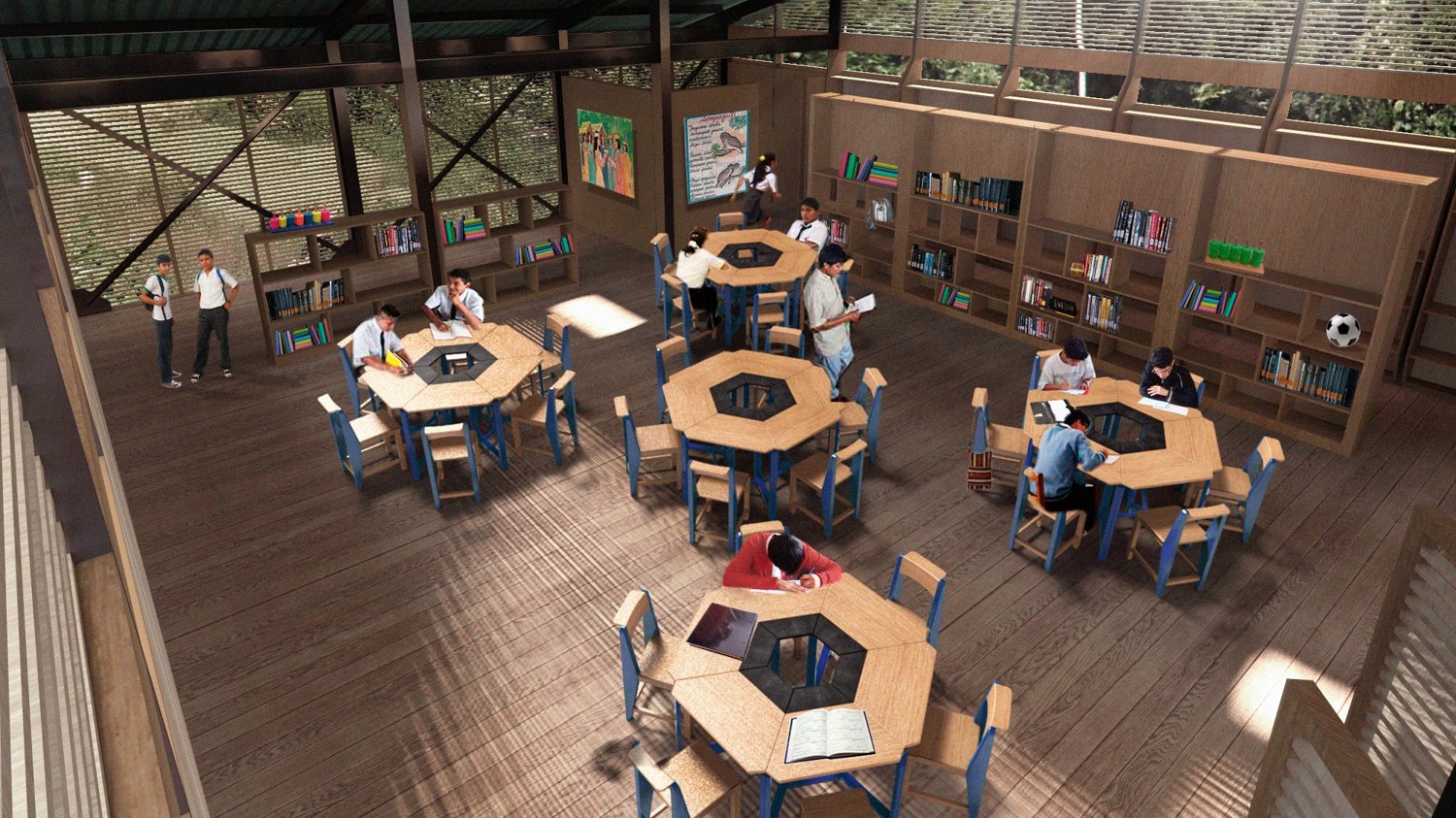
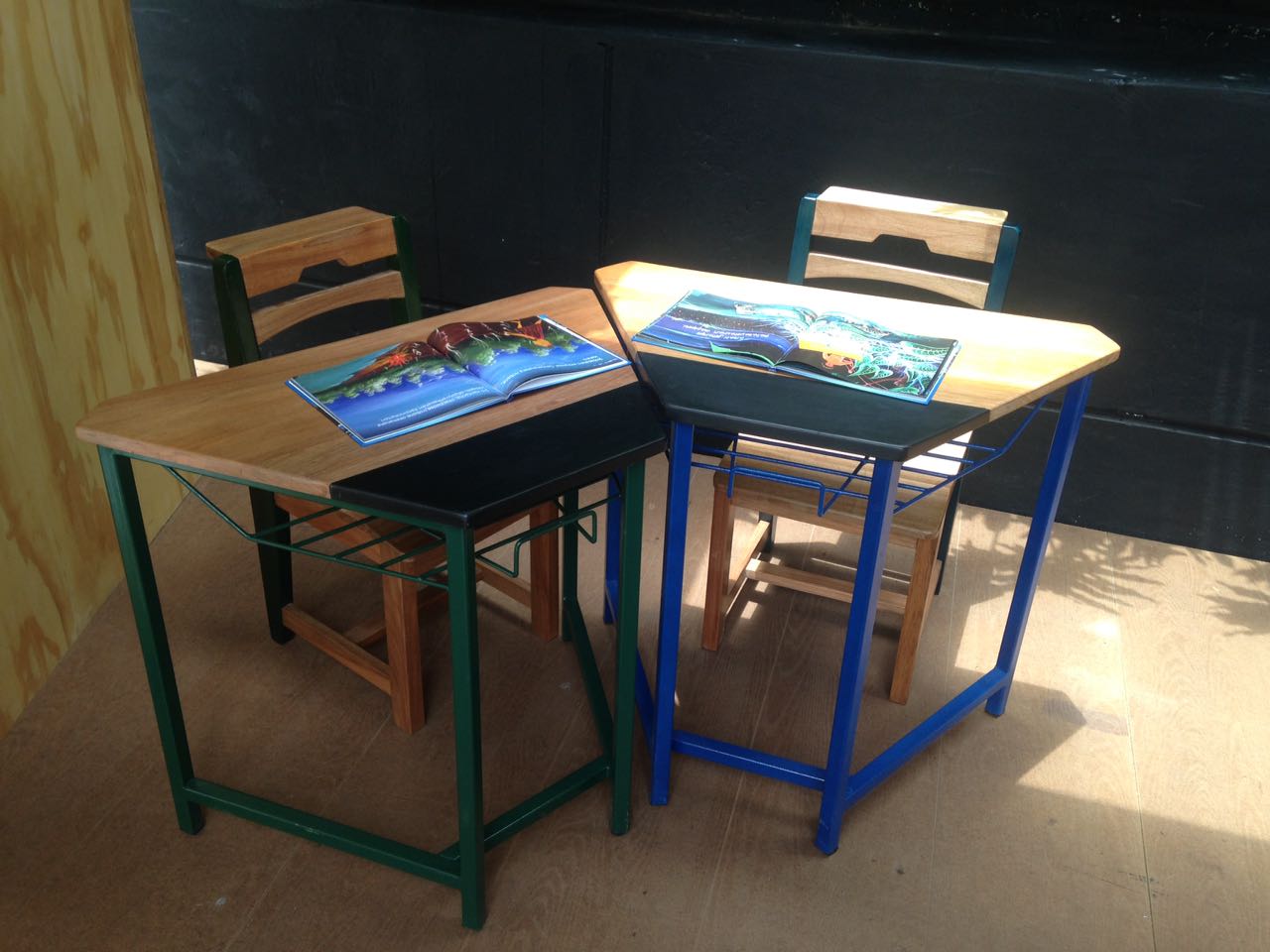
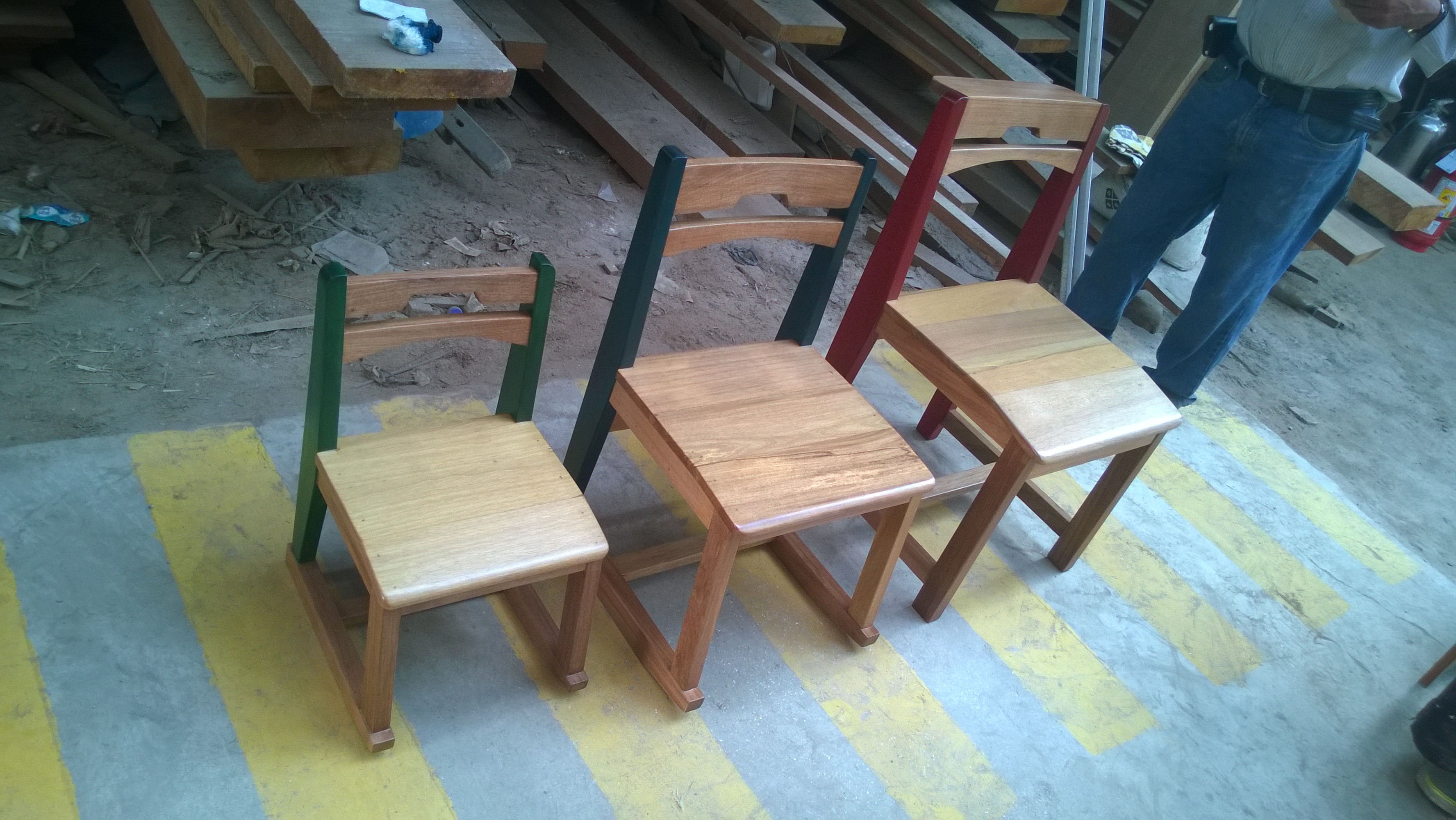
Impact
